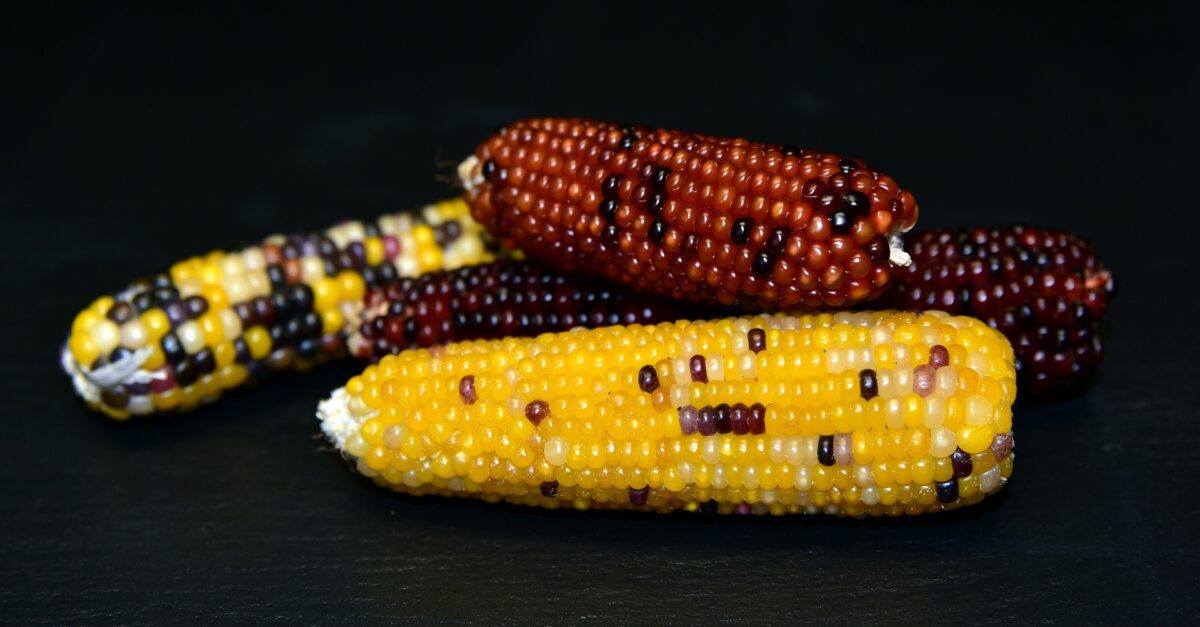Research Examines Genetic Components of Essential Micronutrients in Tropical Maize

Malnutrition, particularly a lack in micronutrients, has been linked to anemia, weariness, and in some cases has been implicated in blindness, accounting for 17% of all fatalities in children under the age of five in underdeveloped nations.
While micronutrient deficiency is a type of malnutrition, it has been linked to poor mental development, increased oxidative stress, reduced growth in babies, and inadequate immunity to diseases.
Researchers from the University of Ibadan and IITA–CGIAR in Nigeria found that a lack of micronutrients in the diet causes “hidden hunger,” necessitating the consumption of foods fortified with sufficient amounts of bioavailable micronutrients.
Due to the substantial reliance on maize-based meals in developing nations and the prevalence of micronutrient deficiencies, maize is an ideal source for biofortification due to its low cost of production and rising use in processed goods in these nations.
The grains of maize are a significant crop that can help ensure global food security and contain no anti-nutrients. They comprise roughly 72% starch, 10% protein, 4.8% fat, 8.5% dietary fiber, and 3.0% sugar. Unfortunately, the majority of maize genotypes have low levels of important elements including iron and zinc as well as vitamin A.
The orange and yellow colors of maize have been associated with higher nutritional value due to the presence of carotenoids, especially zeaxanthin and -carotene which impart the color, according to a study conducted to analyze the genetic components of micronutrients like zinc, iron, and provitamin A (PVA) content in tropical maize (Zea mays L.).
The genetic potential of the crop may be obscured because soil and climatic conditions have a significant impact on how micronutrients accumulate in plants. Nonetheless, substantial heritability estimates for zinc and iron accumulation in maize have been reported, showing the absence of environmental influences on physical expression of these traits and the potential for passing them on to the next generation of seeds.
The carotenoid biosynthesis pathway in maize results in the accumulation of provitamin A, which is then converted to vitamin A in the human body through the actions of certain enzymes after consumption.
At the IITA headquarters in Ibadan, 24 yellow to orange endosperm tropical maize inbred lines were crossed utilizing the North Carolina design II. These lines ranged in zinc and provitamin A content from low to high. Based on similarities in zinc and provitamin A concentrations identified in prior seasons, these inbred lines were grouped into six groups, each containing four inbred lines, to produce six sets of crosses.
The study’s findings indicated that while both additive and non-additive gene effects are significant in the inheritance of zinc content and grain yield, additive gene effects influenced provitamin A and iron content in maize to a greater extent.
Aiming to create synthetics, hybrids, and new inbred lines of maize with high levels of micronutrient enrichment and outstanding agronomic performance, high general combining ability inbred lines with effects on micronutrient content and grain production were also found.
During the study, hybrids with notable particular combining ability effects on PVA, iron, and zinc were also discovered.
A key goal of the SDG 2 is food and nutrition security, and IITA-CGIAR research is strategically focusing on a multifaceted strategy to meet this. This study suggests future investigation into the possibility of utilizing heterosis for provitamin A and mineral nutrients in maize, a significant crop that millions of smallholder farmers in rural Africa rely on for food, nutrition, and financial security.



